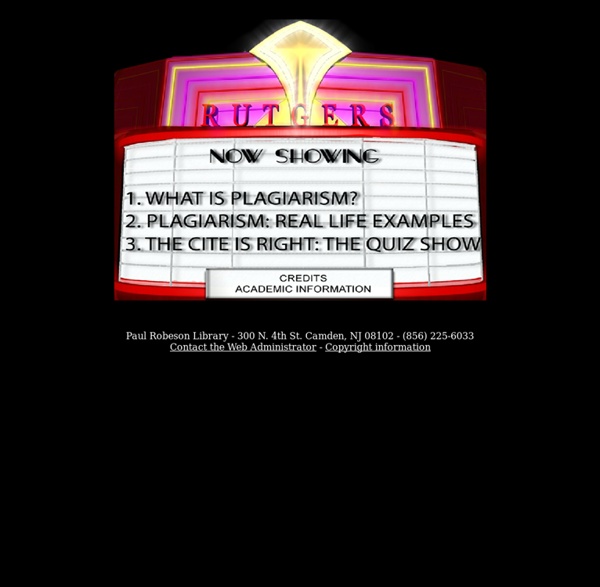



A dozen ways to teach ethical and safe technology use From the draft of my Survival Skills book: A dozen ways to teach and promote ethical and safe technology use Responsible teachers recognize that schools must give students the understandings and skills they need to stay safe not just in school, but outside of school where most Internet use by young people occurs. Teachers who address safe and ethical Internet use proactively: 1. 2. 3. 4. 5. 6. 7. 8. 9. 10. 11. 12. Will doing those things guarantee that a student will never get in trouble or danger online? Ethical instruction needs to be on going. * Johnson’s 3 P’s of Technology Ethics: Privacy - I will protect my privacy and respect the privacy of others.Property - I will protect my property and respect the property of others.a(P)propriate Use - I will use technology in constructive ways and in ways which do not break the rules of my family, church, school, or government. Image source:
Teaching Ethical Behavior in the Global World of Information and the New AASL Standards, School Library Media Activities Monthly, 2008-Dec The American Association of School Librarians "Standards for the 21st Century Learner" (2007) expresses nine fundamental common beliefs. One of these beliefs is that "ethical behavior in the use of information must be taught" (AASL 2007, 1). It is important for library media specialists to understand that teaching ethical behavior is much more than teaching students about plagiarism. In this article, the author focuses on the explanation of ethical principles as well as steps, learning activities, and tools to assist upper elementary through high school library media specialists and content teachers in teaching ethical behavior in the global world of information and the new AASL standards. The learning tasks are focused on problem solving in realistic situations rather than just learning bodies of content. This approach is inspired by the writing of Richard J. Libraries Unlimited.
Proper Internet Use | Tools for Teaching Cyber Ethics Everyone knows someone who has commited a cyber crime. Perhaps you downloaded a song you shouldn't have or maybe somebody else's research was a little more helpful than it should have been. Students are no different and the temptation to commit cyber crimes exists in every school. Are our schools filled with budding cyber criminals unaware of the consequences of their online activities? Should educators scramble to institute a formal cyber ethics curriculum? Or should schools ban the use of the Internet? High School Student Arrested for Online Investment Fraud A 14-year-old recently purchased inexpensive stocks, lied about their potential value in an investment chat room, and reaped hundreds of thousands of dollars when other investors bought his lies -- and the stocks! Poll Reveals Kids Think Hacking Is OK! Cyber Ethics Conference Convened in Maryland! FBI Calls for Cyber Ethics Curriculum! Is cyber crime an epidemic? Crystal should know.
referenceandinformationresources / Plagiarism Resources Tutorials: Two brief videos from ABC News (one focuses on the videos available on YouTube that "teach" cheating): From Connect with Kids: High Tech Cheating A brief video and article (August 18th, 2010) Free Online Plagiarism Detection Tools: Bowman, V. (2004). NY: Neal-Schuman. Callahan, D. (2004). Orlando: Harcourt. Harris, R. (2004). Lathrop, A., & Foss, K. (2000). Englewood, CO: Libraries Unlimited. from cheating and plagiarism to honesty and integrity: Strategies for change. Libraries Unlimited. McKenzie, J. (1998). age. McKenzie, J. (2002). Minkel, W. (2002). Johnson, D. (2004) Plagiarism proofing assignments. Johnson is also the author of Learning Right from Wrong in the Digital Age: An Ethics Guide for Parents, Teachers, Librarians and Others who Care About Computer-Using Young People. Noodle Tools. (2006). template for a plagiarism policy and ways to teach notetaking. Pope, D.C. (2001). miseducated students. Big Nerds